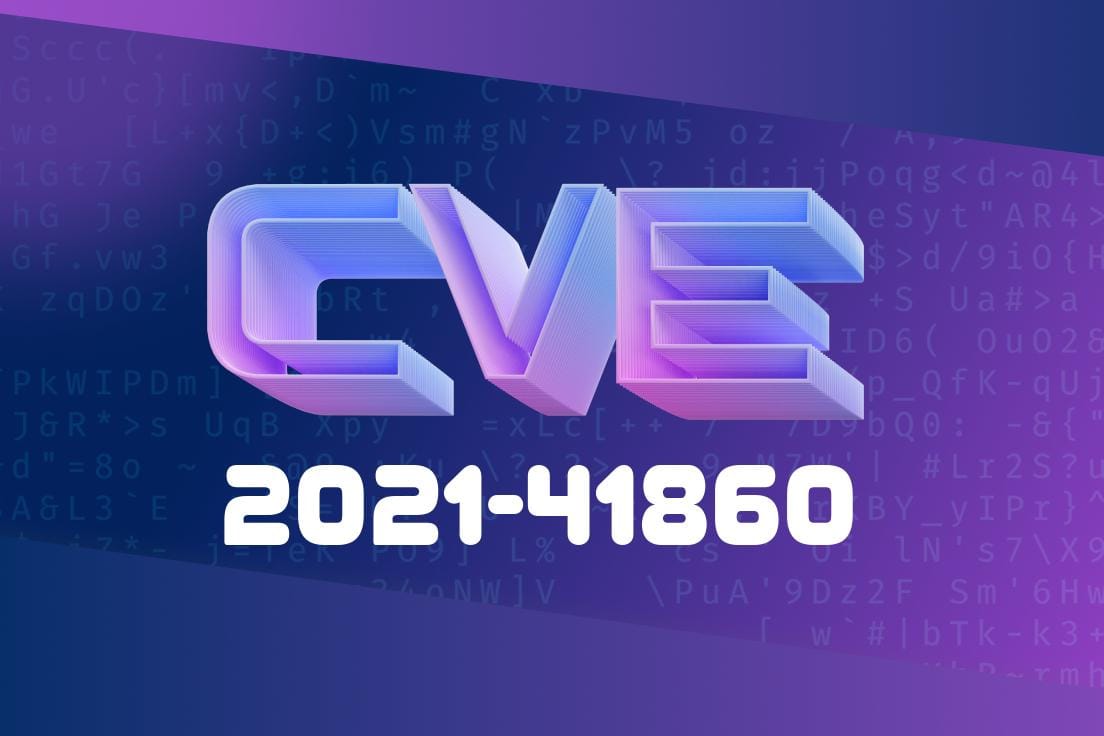Vulnerabilities are regularly tracked, discussed, patched, and sometimes hyped in the cybersecurity world. But what happens when a Common Vulnerabilities and Exposures (CVE) identifier is assigned, but later gets rejected? CVE-2021-41860 is one such case. In this article, we’ll take a close look at CVE-2021-41860, why it was marked as unused, and what the rejection process looks like. If you want to understand unused CVEs and what happens behind the scenes, keep reading.
What is CVE-2021-41860?
CVE-2021-41860 is an identifier that was assigned in 2021. A CVE is supposed to point to a specific software vulnerability. However, this one is a bit special – it was never actually used to describe a real vulnerability.
Here’s the official record from CVE.org
> REJECT
> Reason: This CVE ID was rejected because it is unused.
That’s it. No technical details, no patch, no exploit code. So, what’s going on?
Why Are CVEs Rejected or Marked Unused?
CVE IDs can be reserved ahead of time by vendors, researchers, or coordinators when a vulnerability is reported or suspected. Sometimes, after review or further investigation, it turns out there was:
Premature assignment
When this happens, CVE admins can reject the entry, and mark it as “unused.” The record remains published, but simply states that nothing was assigned.
Even though it's unused, knowing about rejected CVEs like CVE-2021-41860 is useful
- Prevents confusion: If you see this CVE in patch notes or vulnerability scans, you’ll know it was never a real risk.
- Tracks history: Developers and security professionals can see which CVEs were declared unnecessary and avoid duplicate work.
You might see an entry like this in a vulnerability management tool or report
{
"cve": "CVE-2021-41860",
"status": "REJECTED",
"reason": "This CVE ID was rejected because it is unused",
"exploitAvailable": false
}
If You Find This in Project Documentation
Don’t panic. This does not mean your software is vulnerable. In fact, it means there was never any risk connected with this CVE.
Searching for References
If you search for CVE-2021-41860 online, almost all legitimate sources will show the same "REJECTED" message. Here are a few references for further reading:
- Official CVE Record
- MITRE CVE Page
- NVD Record (National Vulnerability Database)
No Exploit – Because There’s No Bug
Since CVE-2021-41860 is unused and has been rejected, there is no exploit code, PoC, or technical write-up available.
How Should You Handle Rejected CVEs?
As a software maintainer or security analyst, here’s what you should do if you encounter a rejected or unused CVE ID like CVE-2021-41860:
Conclusion
CVE-2021-41860 is an example of a “ghost” vulnerability – one that was never real. Its rejection and unused status is public record, serving as a reminder that not every CVE means danger.
For more on the CVE assignment and rejection process, check out CVE.org’s FAQ.
Stay alert, double-check all vulnerability reports, and remember: sometimes, security is about what doesn’t happen!
Keywords: CVE-2021-41860, rejected CVE, unused vulnerability, vulnerability management, no exploit, CVE process, cybersecurity basics
Timeline
Published on: 02/23/2024 21:15:10 UTC
Last modified on: 09/04/2025 00:48:06 UTC
